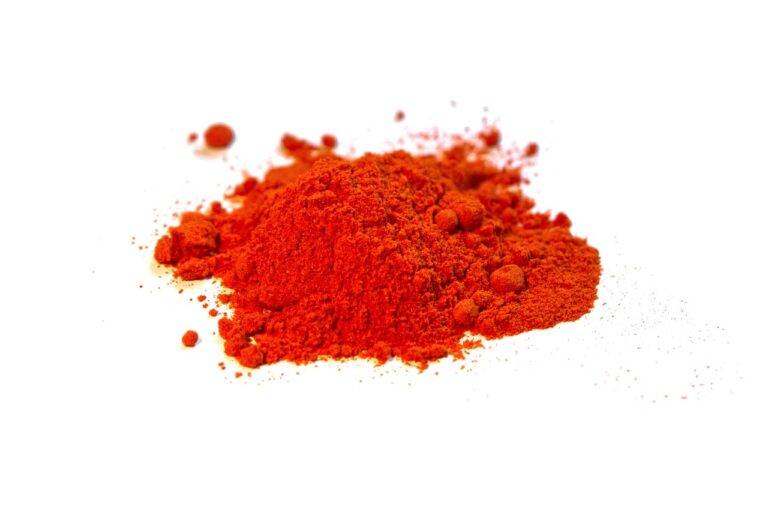The Future of Food Packaging: Innovations in Biodegradable Materials
Biodegradable food packaging materials are continuously evolving to meet the increasing demand for sustainability in the food industry. One notable innovation is the use of bioplastics derived from renewable sources such as corn starch, sugarcane, and cellulose. These materials offer a more environmentally friendly alternative to traditional petroleum-based plastics, as they break down naturally in the environment without leaving behind harmful residue.
Another promising development in biodegradable food packaging is the integration of antimicrobial properties into the materials. By incorporating natural antimicrobial agents like plant extracts or essential oils, these innovative packaging solutions help extend the shelf life of food products by inhibiting the growth of bacteria and mold. This not only reduces food waste but also enhances food safety for consumers.
Benefits of Using Biodegradable Materials in Food Packaging
Biodegradable materials are becoming increasingly popular in the food packaging industry due to their environmentally friendly nature. Traditional plastic packaging poses a significant threat to the environment, leading to pollution and long-term damage. By switching to biodegradable materials, companies can reduce their carbon footprint and contribute to a more sustainable future.
In addition to being eco-friendly, biodegradable food packaging materials also offer practical benefits. They are often just as durable and functional as traditional plastics, ensuring that the food products are well-protected during storage and transportation. Moreover, biodegradable materials can help extend the shelf life of perishable goods, reducing food waste and ultimately benefiting the consumers and the environment.
What are biodegradable food packaging materials?
Biodegradable food packaging materials are materials that can naturally decompose or break down into natural elements without causing harm to the environment.
How are biodegradable materials innovating food packaging?
Innovations in biodegradable materials for food packaging are providing sustainable alternatives to traditional plastic packaging, reducing carbon footprint and waste generation.
What are the benefits of using biodegradable materials in food packaging?
Using biodegradable materials in food packaging helps reduce plastic pollution, conserves resources, and supports a more sustainable and environmentally friendly packaging option.
Are biodegradable materials as durable as traditional plastic packaging?
While biodegradable materials may not be as durable as traditional plastic packaging, ongoing research and development are improving the strength and shelf-life of biodegradable food packaging options.
How can consumers contribute to the use of biodegradable materials in food packaging?
Consumers can choose products packaged in biodegradable materials, properly dispose of biodegradable packaging, and support businesses that prioritize sustainable packaging practices.





